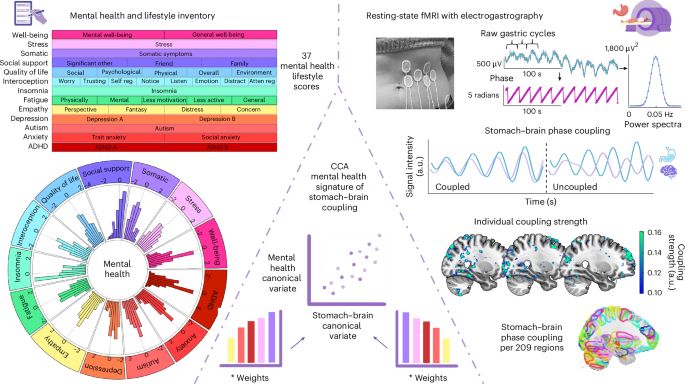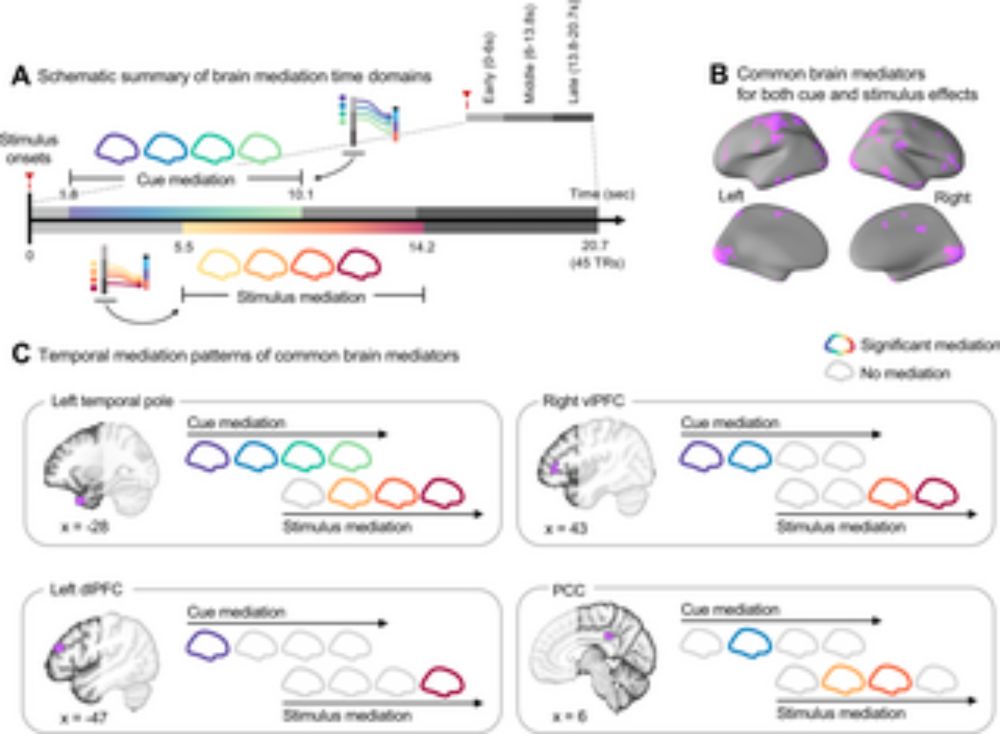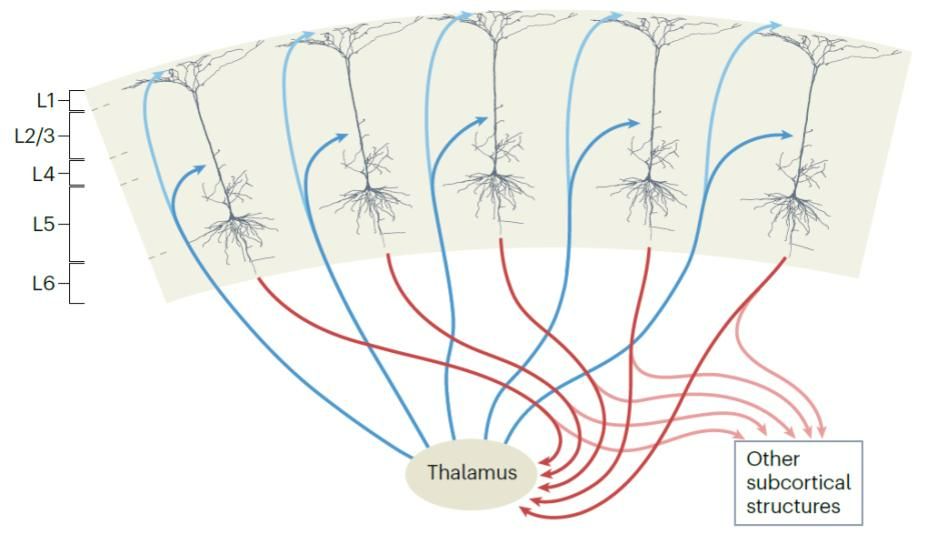Choong-Wan (Wani) Woo
@choongwanwoo.bsky.social
500 followers
370 following
7 posts
Study pain and emotions using fMRI and AI; PI of the Cocoan lab, SKKU & IBS Center for Neuroscience Imaging Research (CNIR)
Lab: https://cocoanlab.github.io/
Lab instagram: https://www.instagram.com/cocoanlab/
Posts
Media
Videos
Starter Packs
Reposted by Choong-Wan (Wani) Woo
Reposted by Choong-Wan (Wani) Woo
Reposted by Choong-Wan (Wani) Woo
Micah G. Allen
@micahgallen.com
· Jul 30

Stomach–brain coupling indexes a dimensional signature of mental health - Nature Mental Health
Using a relatively large and diverse sample of mostly young adults, this study by Banellis, Rebollo and colleagues examines associations between regional stomach–brain coupling and mental health and i...
www.nature.com
Reposted by Choong-Wan (Wani) Woo
Reposted by Choong-Wan (Wani) Woo
Reposted by Choong-Wan (Wani) Woo
Russ Poldrack
@russpoldrack.org
· Oct 26
Reposted by Choong-Wan (Wani) Woo
Micah G. Allen
@micahgallen.com
· Oct 8
Reposted by Choong-Wan (Wani) Woo
Reposted by Choong-Wan (Wani) Woo
Reposted by Choong-Wan (Wani) Woo











![There is a “centre” where the money, the fame, is; most likely your proposal gets funded because it’s on the most favourable topic. Maybe today, RNA is [most favourable]. If you are working with mRNA, maybe that's the centre there.
And then there are people in the periphery. There is no fame, there is no money, no nothing there. The only thing in the periphery is freedom. You can do what you like to do, what you feel is important.
Here’s what a proposal is: why they should give me money. And they should question that. “She came from university nobody knew about.” “She never had a mentor who was famous.”
And somehow it gravitates always to the same people, same circle. They get published there, they get the money. And that's another explanation: I was not famous enough or didn't have anybody who would support me in a way that somebody that’s a famous and well-established scientist stands behind you and says, “Oh, look at this, it’s good.”](https://cdn.bsky.app/img/feed_thumbnail/plain/did:plc:h6srr75ahvugj6gts7ql4cpl/bafkreie7jkxonqwgbbcuni4dh54nhodteq24wv4dp6smnvsomdpwpve4we@jpeg)

